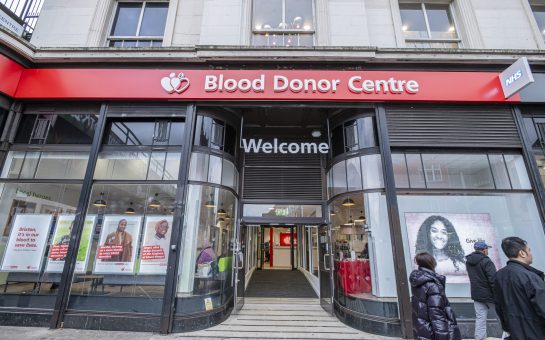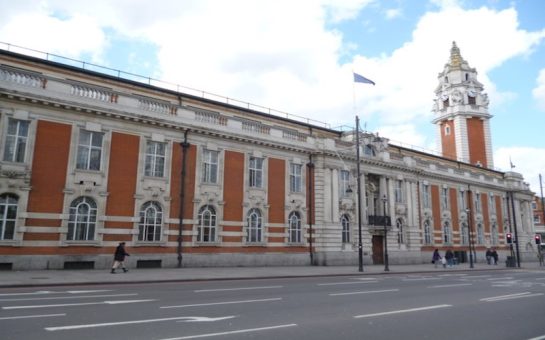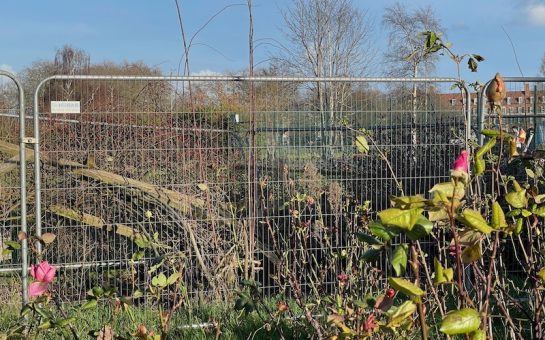Lambeth Heritage Festival will give Londoners the chance to explore unbuilt utopias and tour the homes of world-famous cultural icons next month.
Now in its seventh year, the festival will run throughout September with more than 60 events including walks, talks, films and exhibitions.
Led by Lambeth Archives and Lambeth Local History Forum, the festival program was curated with the diversity of the borough firmly in mind.
Lambeth archives manager Jon Newman said: “There’s a tendency for local history to be about a safely distant past and to end up perhaps being about a very white working or middle-class past. Lambeth today represents a huge range of other communities who come to this borough with their history.
“It is important for me that the festival should try to be as reflective as possible of all of Lambeth’s different sorts of communities.”
This cultural variety can be found in tours of a Kenyan-born writer’s home on Wandsworth Road, talks from the Black Cultural Archives and an exhibition of works by a Polish graphic artist in Clapham Library.
Well-known sites such as Brixton Windmill and Lambeth Palace will host activities, as will more unusual locations including Vincent Van Gogh’s Stockwell residence and West Norwood Cemetery.
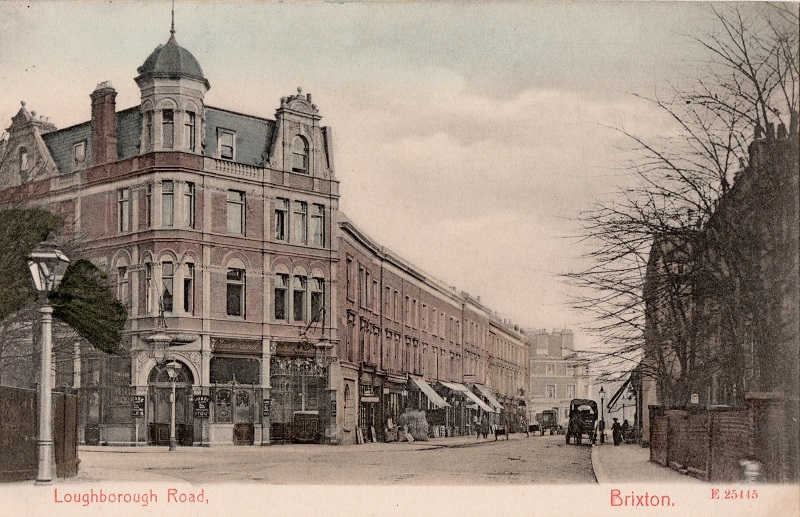
Many events have been organised by local societies, voluntary groups and archives staff, with the organisers approaching some artists directly to request their participation.
Jon said: “As part of the council, we see this harnessing of these various groups as a really good way to achieve something that isn’t top-down.
“The festival is badged with the borough logo and has support of the council but it’s actually a collaborative project between Lambeth Archives and the whole history community out there in the borough.”
One of the artists sourced was first-time festival contributor Ellie Laycock whose project The Brixton That Wasn’t explores a largely abandoned radical development plan from the 1960s.
Recommendations from the proposal included part of an eight-lane motorway sweeping through Brixton, the razing of several notable buildings and the construction of clusters of 50-storey brutalist tower blocks.
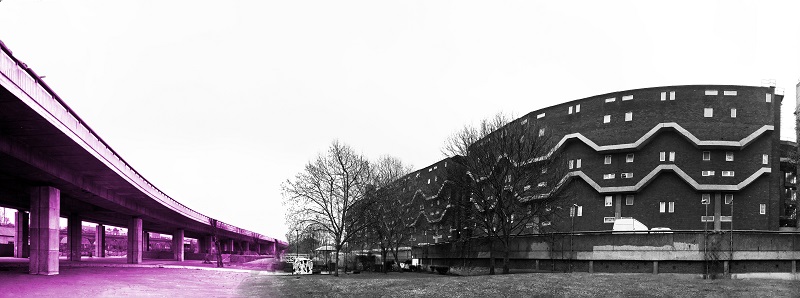
Ellie first heard of the plan 14 years ago after moving into a block of flats earmarked for demolition under the development.
She said: “I became interested in the impact of something that didn’t happen.
“There is a sharp contrast between the redevelopment plan that was the last gasp of socialist utopian visions – it was a carefully thought out way of organising the community – and the developments going on now that are the opposite and just exclusive luxury flats.”
Ellie will host a guided tour and deliver a presentation about the proposal, imagining what Brixton could have looked like today.
Also on the bill are two talks and three exhibitions celebrating the past 200 years of shops, pubs and people of the once-bustling Loughborough Road in Brixton.
There will be informative posters hung from former shop fronts, a display of photographs and development plans at Lambeth Archives and a talk focusing on families behind historic businesses.
An exhibition at San Mei Gallery will showcase the work of life-long Loughborough Road resident Nellie Roberts, who was the first orchid artist of the Royal Horticultural Society and produced more than 8,000 paintings in her flat above a watchmakers.
Tracey Gregory, chair of Loughborough Road, Evandale Road and Akerman Road Tenants and Residents Association said: “People will learn about the history of the street and the people that lived there and it’s kind of indicative of lots of streets in south London.
“The exhibition at San Mei is exciting for anyone interested in unsung female heroes, botanical art and gardening – there’s something for everyone!”
The full programme of events is available on Lambeth Council’s website.

